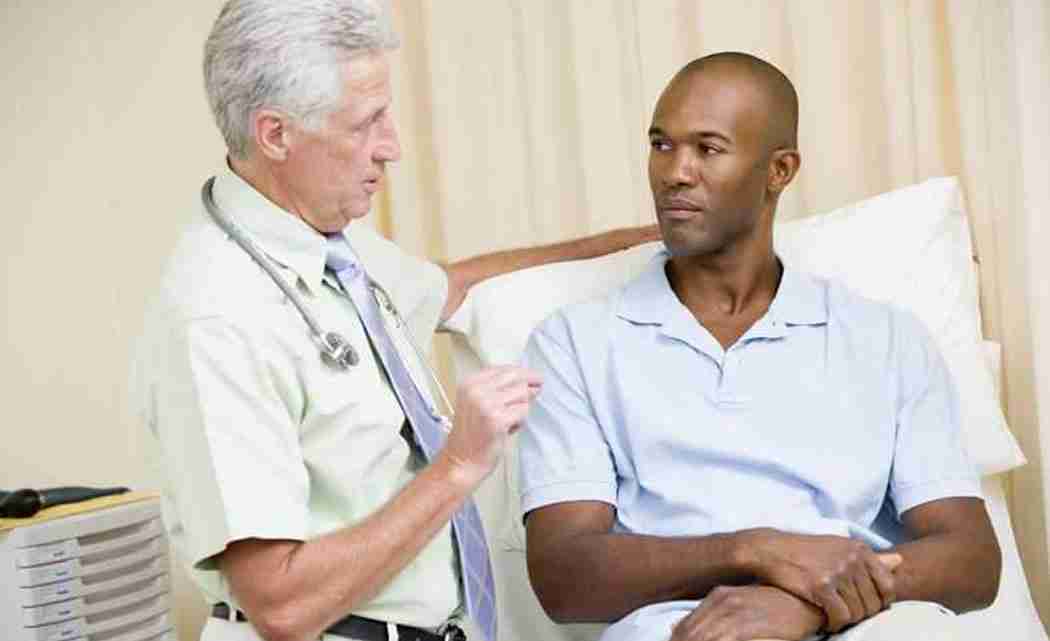(NewsUSA) – Most people have never heard of sarcoidosis, but this complex condition has actually been acknowledged for more than 150 years. Well-known people who have been impacted by the condition include Bernie Mac, Reggie White, Evander Holyfield, Tisha Campbell-Martin and Daisy Fuentes. Although anyone can develop sarcoidosis, it is most common among people between the ages of 20-40.
Often, the symptoms of sarcoidosis are similar to cancer or arthritis, and people may undergo unnecessary treatment before finding out their actual diagnosis. It’s stories like this that inspired the CHEST Foundation of the American College of Chest Physicians and the Foundation for Sarcoidosis Research (FSR) to team up and launch “Sarcoidosis: Seek Answers. Inspire Results,” a campaign that encourages people living with sarcoidosis to take a proactive role in their treatment.
“While sarcoidosis is not fully understood, it’s important to consider it if symptoms are present,” said Doreen J. Addrizzo-Harris, MD, FCCP, co-director of the Pulmonary/Critical Care Faculty Group Practice at NYU Langone Medical Center, pulmonary section chief at Tisch Hospital in New York City, and trustee of the CHEST Foundation board. “The educational resources available at www.chestnet.org/sarcoid encourage people living with sarcoidosis to openly discuss options with their doctor, then follow their unique treatment plan.”
Sarcoidosis is an inflammatory disease wherein the immune system goes into overdrive, causing cells to group together into clumps called granulomas. When too many granulomas form on an organ, they can interfere with its function. Though sarcoidosis can impact any organ, the lungs and lymph nodes are affected in more than 90 percent of cases.
With good medical care, most cases are not severe and do not cause lasting damage to the body. However, 30-40 percent of people with sarcoidosis have a persistent condition that may require treatment to control symptoms.
Common symptoms include:
1. Fever, fatigue, weight loss, night sweats and an overall feeling of ill health.
2. A persistent cough, shortness of breath and chest pain.
3. Enlarged lymph nodes — most often located in the neck, but they can also be under the chin, in the armpits or the groin area.
Other signs may include skin changes (such as painful or red, raised bumps), joint pain or eye sensitivity.
For more information and to download sarcoidosis resources — including the “Sarcoid Five,” a list of five questions designed to jump-start conversations between patients and doctors — please visit www.chestnet.org/sarcoid.













No Comment